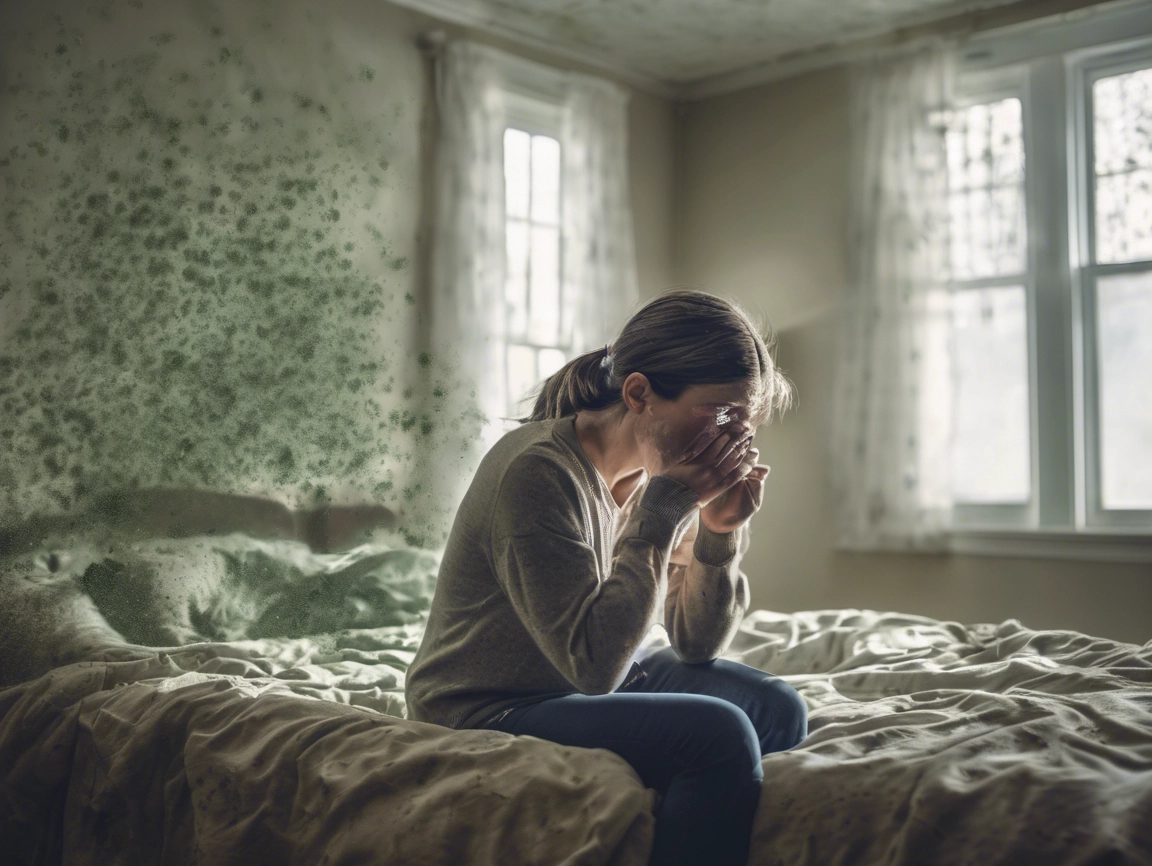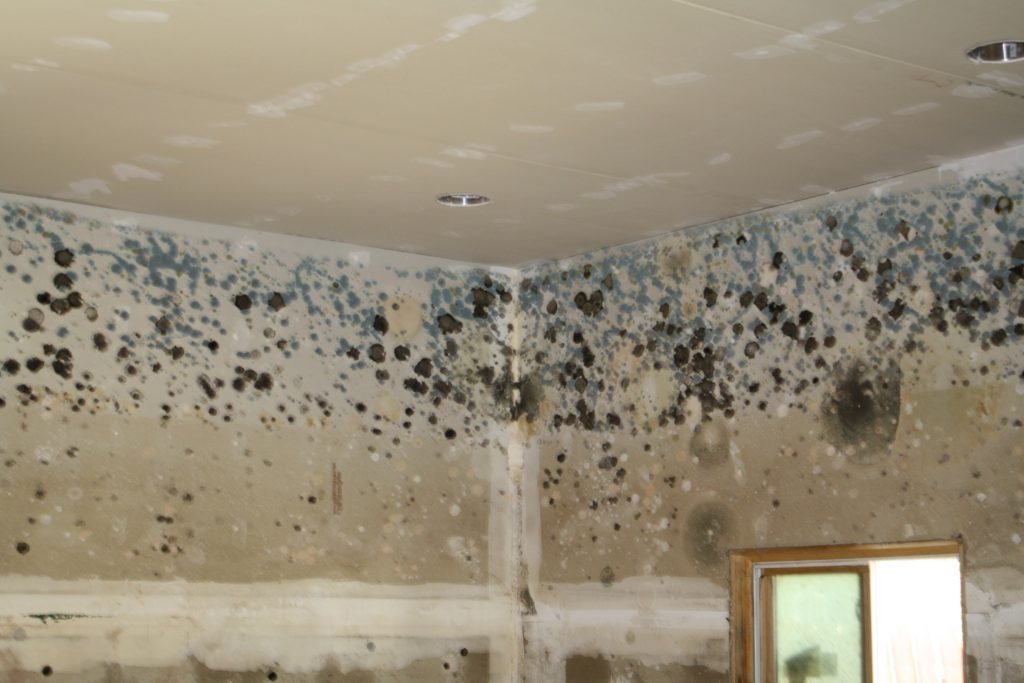Symptoms of Mold Exposure

Exposure to mold can trigger a wide range of health issues, with respiratory problems and allergic reactions being the most common. Recognizing the symptoms early can help you seek appropriate medical care. However, it’s important to note that this information is not a substitute for professional medical advice. If you suspect mold exposure is affecting your health, consult with your healthcare provider.
What Affects Mold Exposure Symptoms?
The severity of mold exposure symptoms can vary depending on several factors, including the type of mold, the extent of exposure, and an individual’s health condition. Higher concentrations of mold and prolonged exposure typically result in more severe symptoms.
Certain individuals are at higher risk of developing complications from mold exposure, including:
- Infants and young children
- Elderly individuals
- Pregnant women
- People with respiratory conditions like asthma or COPD
- Those with weakened immune systems due to illness or medication
- Individuals undergoing chemotherapy or other treatments that suppress the immune system
Common Symptoms of Mold Exposure
Symptoms of mold exposure can range from mild to severe. Possible symptoms include:
- Irritated, itchy, or watery eyes
- Sore throat
- Coughing and sneezing
- Wheezing and difficulty breathing
- Sinus infections
- Ear infections
- Skin rashes or hives
- Fatigue
- Headaches or migraines
- Muscle and joint pain
- Bronchitis or pneumonia in severe cases
In rare instances, mold exposure can lead to life-threatening complications, such as pulmonary hemorrhage (bleeding in the lungs).
How to Determine if Mold Is Causing Your Symptoms
Identifying mold as the cause of your symptoms can be challenging since many of the symptoms overlap with those of other illnesses. If you suspect mold exposure, it’s important to inform your doctor about your environment and any recent exposure to damp or moldy areas.
Your doctor may recommend tests such as allergy testing, blood work, or chest X-rays to help diagnose the cause of your symptoms.
Treatment for Mold Exposure Symptoms
The appropriate treatment will depend on the severity of your symptoms and your overall health. Common treatments include:
- Antihistamines to relieve allergy symptoms
- Corticosteroids for inflammation
- Eye drops or ear drops for infections
- Pain relievers for headaches and muscle aches
- Inhalers or breathing treatments for respiratory issues
- Antifungal medications or antibiotics if necessary
Most mold-related health issues can be treated on an outpatient basis, but severe cases may require hospitalization or specialist care.
Reducing Mold Exposure
Mold is present in both indoor and outdoor environments, but exposure to large amounts of mold indoors is the primary cause of mold-related health problems. The best way to improve your symptoms is to reduce your exposure to mold by having it removed from your home.
If you suspect mold in your home, we recommend seeking professional help, especially if you have health concerns, to avoid further exposure during the cleaning process.
Taking proactive steps to maintain a dry and well-ventilated home will help prevent mold growth and protect your health.
Contact Miram Solutions for Professional Mold Testing and Treatment
If you’re concerned about mold in your home, Miram Solutions offers comprehensive mold testing and treatment services. Our team of experts can help identify mold issues and provide effective solutions to protect your health and property. Contact us today to schedule a consultation and take the first step towards a mold-free environment.


bathrooms are commonly affected by mold from high condensation levels.


